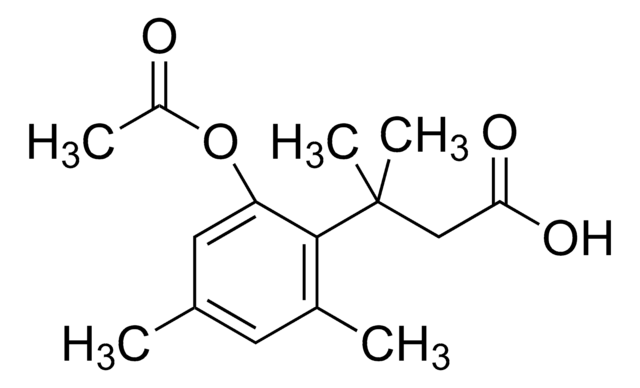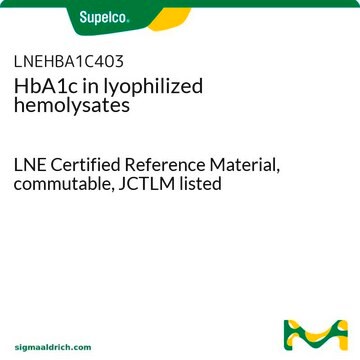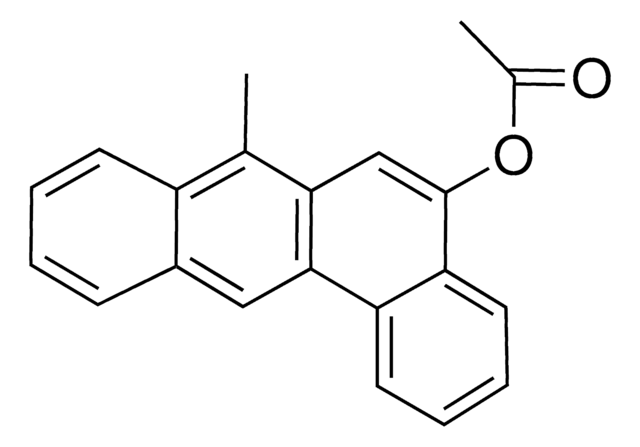推薦產品
品質等級
化驗
95%
形狀
solid
mp
107-112 °C
儲存溫度
2-8°C
SMILES 字串
CC(=O)Oc1cc(C)cc(C)c1C(C)(C)CC(=O)ON2C(=O)CCC2=O
InChI
1S/C19H23NO6/c1-11-8-12(2)18(14(9-11)25-13(3)21)19(4,5)10-17(24)26-20-15(22)6-7-16(20)23/h8-9H,6-7,10H2,1-5H3
InChI 密鑰
KMNOKEFBKJGRFL-UHFFFAOYSA-N
應用
This ′trimethyl lock′ derivative is activated with a succinimidyl ester for modification of amine containing compounds and biomolecules. After modification of your amine of interest, your now ′masked′ molecule can be released by cleavage of the ester, which can be achieved by cellular esterases. This triggers a rapid lactonization reaction of the ′trimethyl lock′ to regenerate your original amine-containing molecule. This approach has been applied to release of fluorophores, peptides, nucleic acids as well as small molecule drugs.
Michael N Levine et al.
Chemical science, 3(8), 2412-2420 (2012-11-28)
The trimethyl lock is an o-hydroxydihydrocinnamic acid derivative in which unfavorable steric interactions between three pendant methyl groups encourage lactonization to form a hydrocoumarin. This reaction is extremely rapid, even when the electrophile is an amide and the leaving group
Michael N Levine et al.
Molecules (Basel, Switzerland), 13(2), 204-211 (2008-02-29)
p-Nitrophenyl acetate is the most commonly used substrate for detecting the catalytic activity of esterases, including those that activate prodrugs in human cells. This substrate is unstable in aqueous solution, limiting its utility. Here, a stable chromogenic substrate for esterases
我們的科學家團隊在所有研究領域都有豐富的經驗,包括生命科學、材料科學、化學合成、色譜、分析等.
聯絡技術服務








